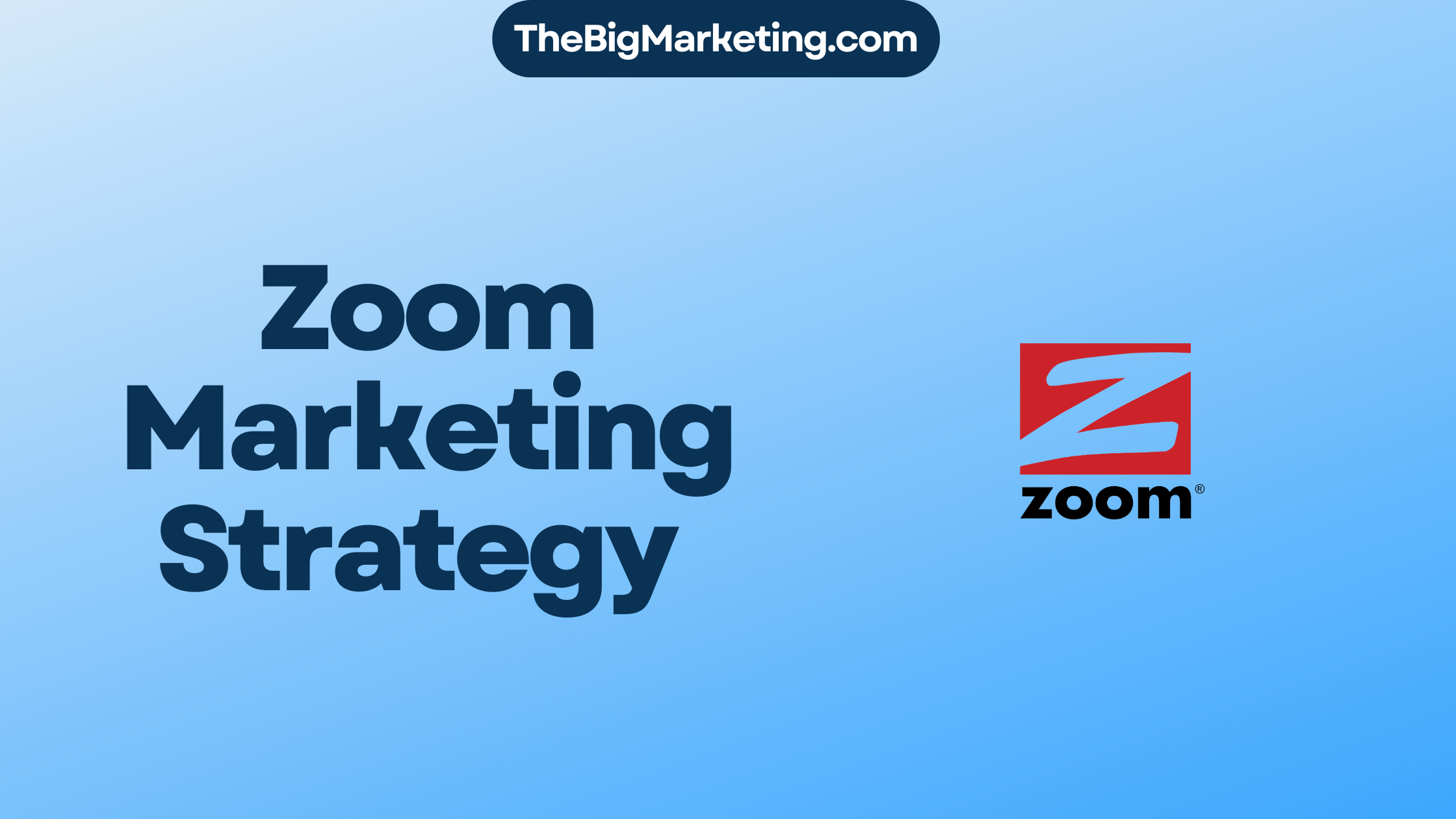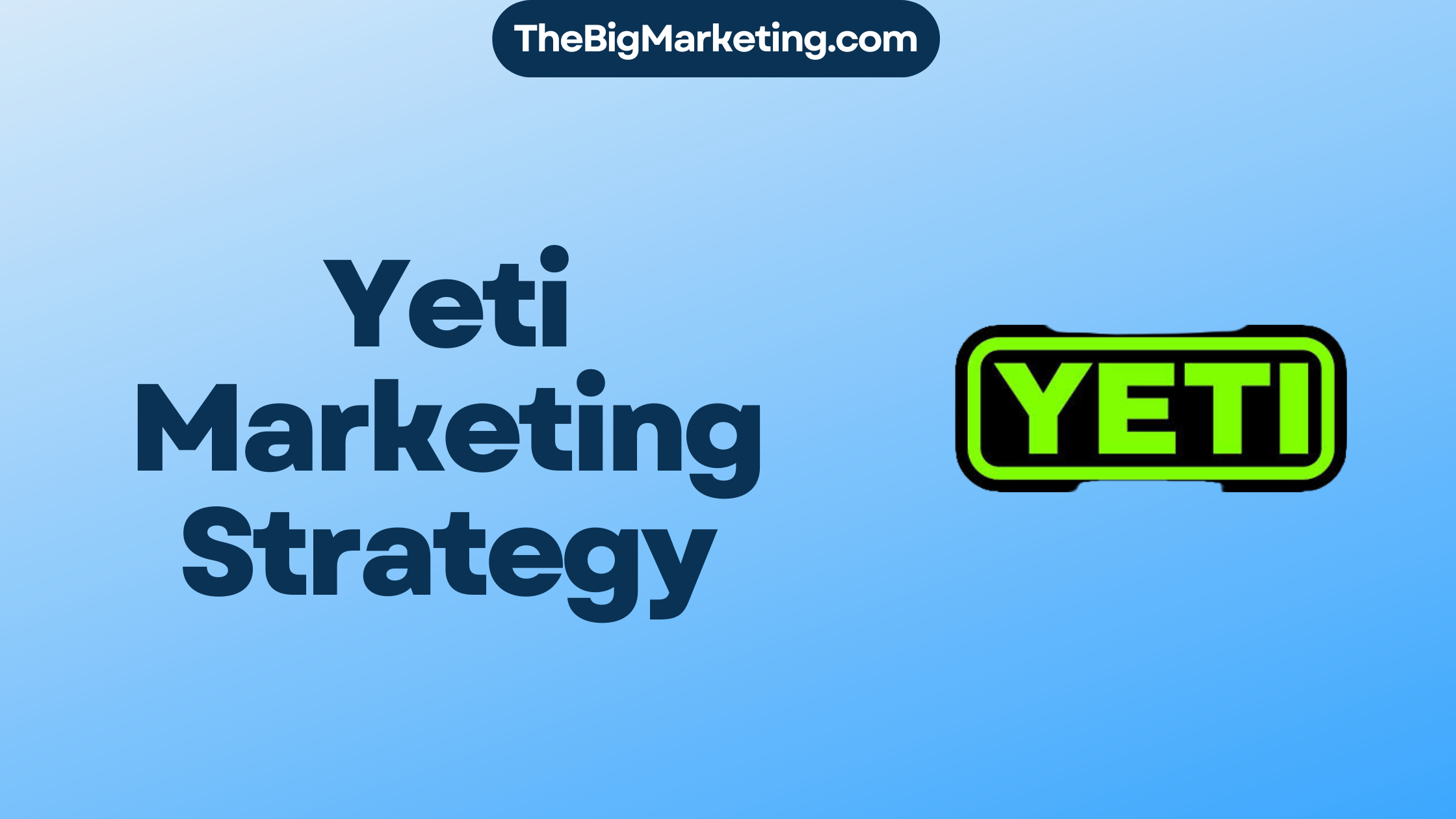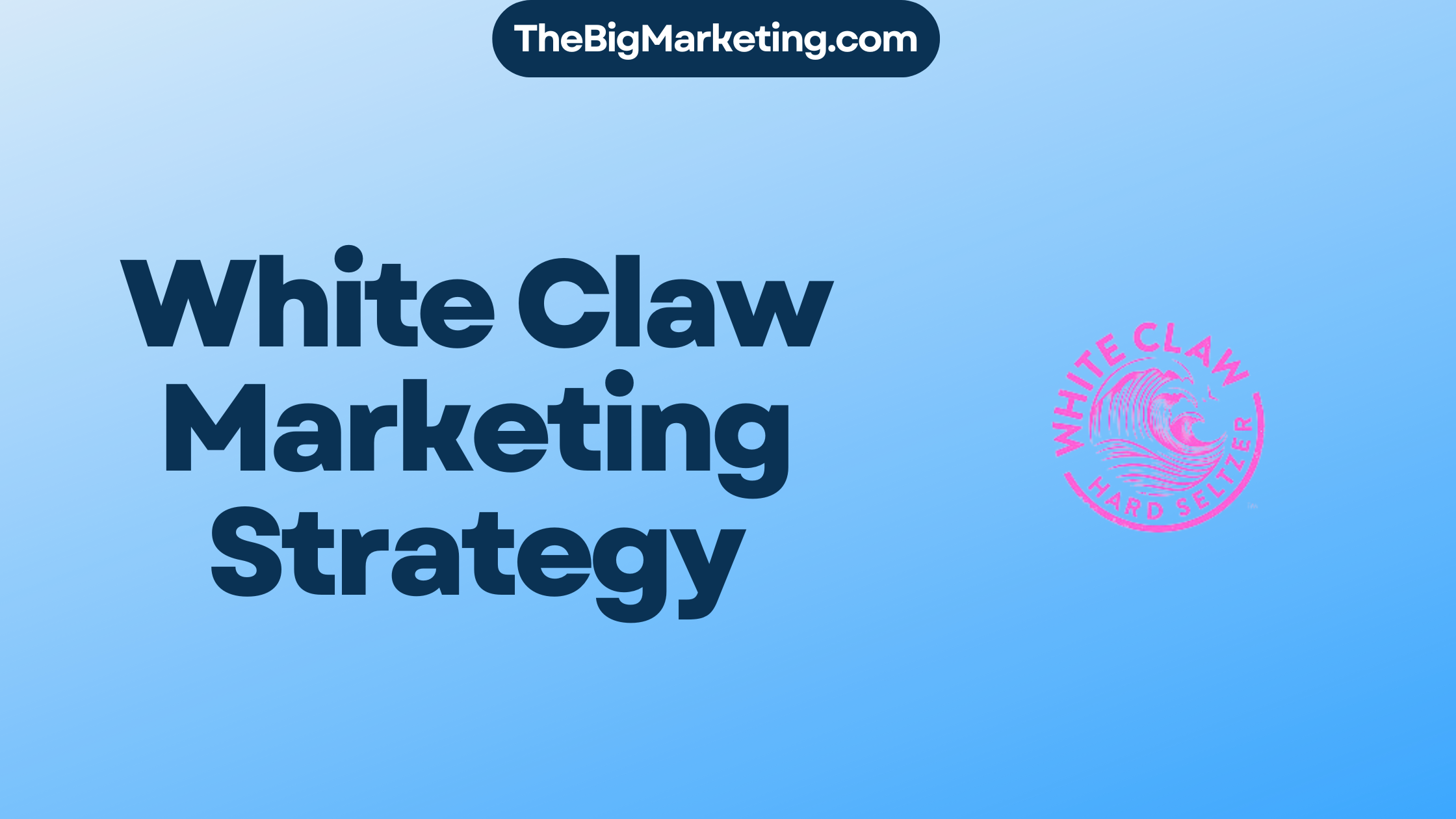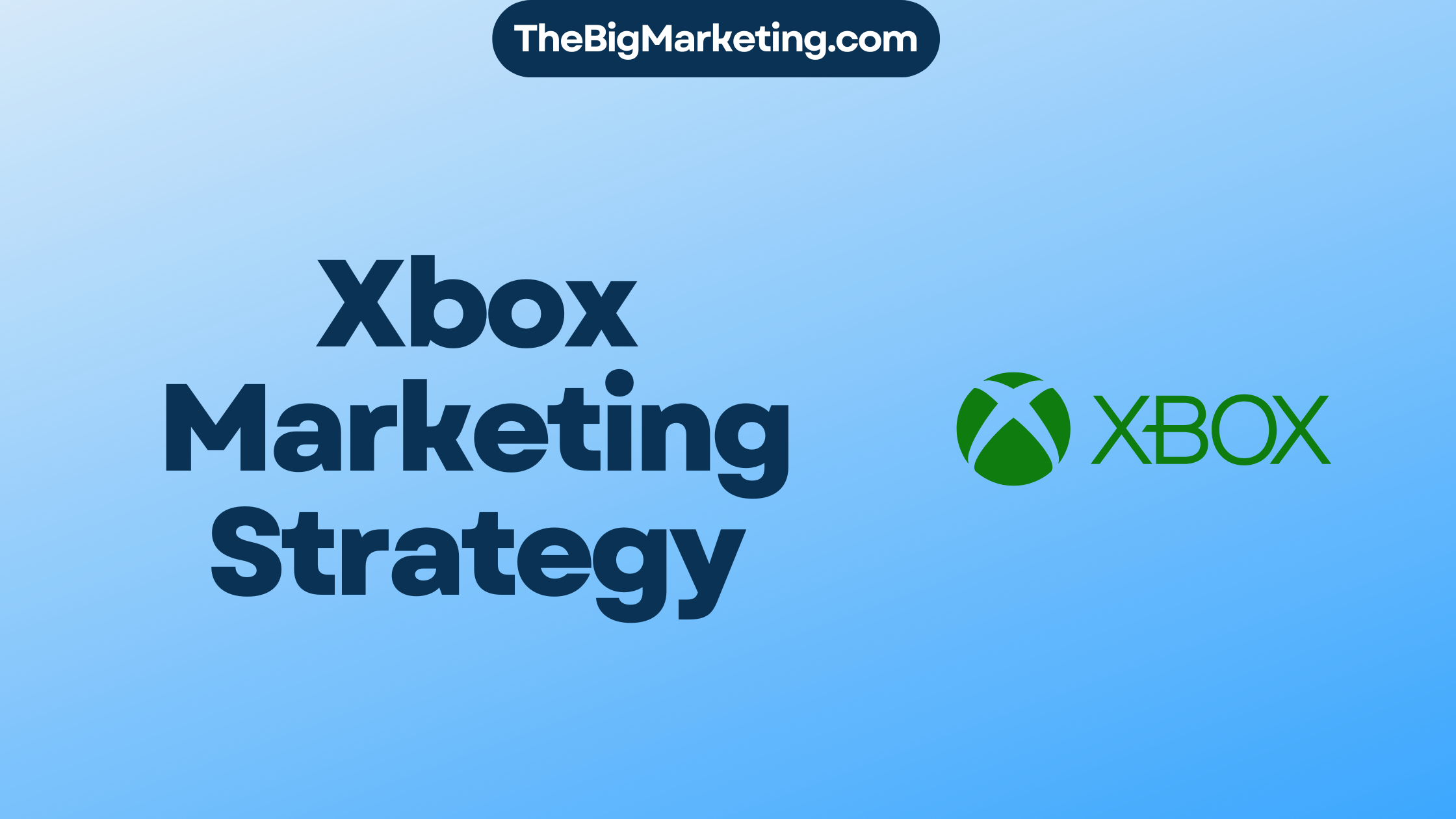Apple Inc., a trailblazer in the world of technology, has consistently set new benchmarks with its innovative products and groundbreaking advancements. Since its inception, Apple Inc. has recognized the pivotal role of brand marketing in establishing a strong connection with its target audience. With a focus on providing exceptional user experiences, Apple’s marketing strategy has propelled the brand to new heights.
Apple’s target audience comprises middle-class and upper-class individuals who are willing to invest in products that deliver unparalleled user satisfaction. To capture the attention of these discerning consumers, Apple’s marketing efforts prioritize simplicity and ease of use. Their advertising appeals to professionals in specialized software industries such as music, video, photography, and design.
Through a keen understanding of their target markets, Apple excels at identifying and meeting the unique needs and aspirations of their audience. Their endeavors are guided by meticulous market research, resulting in products that resonate with their customers. Apple caters not only to professionals in creative fields but also to business professionals, students, and educational institutions.
Apple’s branding strategy revolves around simplicity and delivering an exceptional user experience. Minimalistic design and user-friendly interfaces are hallmarks of Apple’s approach. By offering products that are easy to navigate and visually appealing, Apple has successfully captivated their target audience and established a strong brand identity in the market.
With suave yet simple advertising campaigns, Apple lets their products take center stage. By leveraging storytelling and minimalist designs, Apple effectively showcases the features and benefits of their products. Apple’s advertising highlights the unique value proposition of their offerings without overwhelming viewers with unnecessary jargon.
Customer retention plays a crucial role in Apple’s marketing strategy. By utilizing algorithms to identify users who haven’t renewed their subscriptions, Apple Music presents targeted offers to win them back. The brand also maintains a comprehensive database of records to engage existing customers with personalized recommendations based on their preferences. These efforts build loyalty and drive revenue growth.
Apple entices customers with eye-catching promotions and deals that are difficult to resist. Free subscription months and other attractive offers create an instant draw for potential subscribers. Apple ensures that these promotions are effectively communicated through various channels, including app displays, emails, and targeted marketing campaigns.
Positioning themselves as a purveyor of high-quality, innovative products, Apple appeals to individuals who appreciate exclusivity, quality, and style. By marketing their products as luxury goods and offering a unique value proposition, Apple attracts customers who want to stand out from the crowd. They justify their premium pricing by consistently delivering products with exceptional quality and design.
Apple’s communication strategy revolves around storytelling and emotional appeal, allowing customers to connect with the brand on a deeper level. By emphasizing the benefits and emotional aspects of their products, Apple fosters a sense of community and brand loyalty.
Apple has successfully built an ecosystem of complementary products that seamlessly integrate with one another. This ecosystem offers a streamlined user experience, simplifying data and content transfer between Apple devices. By eliminating decision-making and enhancing user convenience, Apple solidifies customer loyalty and drives sales.
Key Takeaways:
- Apple targets middle-class and upper-class individuals who value exceptional user experiences.
- Their marketing strategy focuses on simplicity, minimalistic design, and easy-to-use interfaces.
- Apple’s suave yet simple advertising campaigns emphasize storytelling and minimal design.
- Customer retention is a priority, with targeted offers and personalized recommendations.
- Apple offers eye-catching promotions to entice and retain customers.
Targeting the Right Markets
In order to effectively market their products, Apple excels at identifying and understanding their target audiences. Through meticulous market research, they gain valuable insights into the aspirations, preferences, and pain points of their customers. This allows Apple to develop products that are specifically tailored to meet their audience’s needs.
One of the key markets that Apple targets is the music industry. They recognize the importance of providing musicians with the tools they need to create and share their music. Apple’s products are known for their compatibility with specialized music software, making them the go-to choice for professionals in the field.
Apple also understands the needs of other creative professionals, such as those in the video, photography, and design industries. Their products are designed to seamlessly integrate with software used in these fields, providing a streamlined and efficient workflow for professionals.
In addition to catering to creative professionals, Apple extends its marketing efforts to business professionals, students, and educational institutions. With their lighter and portable products like iPads and MacBooks, Apple offers practical and versatile solutions for these markets, enabling productivity and learning on the go.
By thoroughly understanding their target markets and their unique needs, Apple is able to curate and sell user experiences that resonate with their audience. This strategic approach has contributed to their success in the music industry and beyond.
Apple’s Target Markets
| Target Markets | Key Characteristics |
|---|---|
| Music Industry | Professionals in music production and performance |
| Video, Photography, and Design | Creative professionals working with visual media |
| Business Professionals | Individuals who require reliable and efficient technology for work |
| Students and Educational Institutions | Students and educational organizations in need of versatile and portable technology |
Table: Apple’s Target Markets
Focus on Finer User Experience
Apple’s success lies in its relentless focus on delivering a superior user experience. The brand’s marketing strategy centers around providing a simpler and more user-friendly experience with its products. With a commitment to minimalistic design and easy-to-use interfaces, Apple has effectively captured the attention and loyalty of its target audience.
The Apple Music platform is a testament to the company’s dedication to enhancing user experience. By streamlining the music streaming service and prioritizing ease of navigation, Apple Music appeals to music lovers across the middle to upper class. The platform’s sleek design and intuitive features make it a go-to choice for accessing and discovering new music.
To illustrate the impact of Apple’s user experience focus, consider the following table:
| Benefit | Explanation |
|---|---|
| Intuitive Interface | Apple Music’s interface is designed to be intuitive and user-friendly, allowing users to easily navigate the platform and find the music they love. |
| Personalized Recommendations | Apple Music utilizes algorithms and user data to provide personalized music recommendations, tailoring the listening experience to individual preferences. |
| Seamless Integration | Apple Music seamlessly integrates with other Apple devices and services, allowing users to access their music library across multiple platforms and devices. |
This commitment to enhancing user experience not only differentiates Apple from its competitors but also resonates with consumers who value high-quality products and seamless interactions. By focusing on the finer details of user experience, Apple has successfully established itself as a leader in the music streaming industry.
Suave Yet Simple Advertising
Apple’s advertising and marketing campaigns are known for their suave yet simple approach. They rely on storytelling and minimal design to showcase their products and let them speak for themselves. Apple steers clear of using excessive jargon or filler language in their ads, instead focusing on highlighting the product’s features and benefits in a clear and compelling way.
This method allows Apple to create advertisements that captivate the audience’s attention and make a lasting impression. By emphasizing the essence of their products through storytelling, Apple connects with their target audience on an emotional level, making their ads more relatable and memorable.
The simplicity of Apple’s advertising not only communicates the value of their products but also reflects their overall brand identity. It aligns with their commitment to creating user-friendly experiences and minimalistic design, reinforcing the message that their products are innovative, intuitive, and easy to use.
Apple’s marketing campaigns stand out for their ability to evoke curiosity and desire among consumers without overwhelming them with complex messaging. Whether it’s a print ad, television commercial, or online promotion, Apple’s suave yet simple advertising approach has proven to be highly effective in capturing the attention and loyalty of their target audience.
Customer Retention and Database of Records
Apple Music understands the importance of customer retention in the highly competitive music streaming industry. To ensure that users stay engaged and loyal, Apple Music utilizes a sophisticated algorithm that identifies customers who have not renewed their subscriptions. By identifying these users, Apple Music can present them with targeted offers and promotions to win them back.
Additionally, Apple Music maintains a comprehensive database of user records. This database allows them to re-engage with existing customers and provide personalized recommendations based on their preferences. By leveraging this data, Apple Music can deliver a more tailored and engaging music streaming experience to each individual user.
This focus on customer retention and maintaining a database of records not only helps Apple Music build loyalty among its users but also increases revenue by reducing customer churn.
The Benefits of Customer Retention and Database Records
- Targeted Offers: By analyzing user preferences and behavior, Apple Music can create targeted offers and promotions that are more likely to resonate with each user, increasing the chances of retaining their subscription.
- Personalized Recommendations: With a robust database of user records, Apple Music can provide personalized music recommendations to enhance the user experience and keep users engaged.
- Improved User Engagement: By tailoring the music streaming experience to each user’s preferences, Apple Music increases user engagement and encourages them to explore new artists and genres.
- Enhanced Customer Satisfaction: Personalized recommendations and targeted offers show that Apple Music values its users’ preferences, leading to increased customer satisfaction and loyalty.
- Increase in Revenue: By reducing customer churn and retaining subscribers, Apple Music can significantly increase its revenue and maintain a strong market position.
By prioritizing customer retention and leveraging a database of user records, Apple Music demonstrates a strategic approach to building and maintaining a loyal user base. This proactive strategy sets them apart in the music streaming industry and contributes to their ongoing success.
Enticing Offers and Eye-Catching Promotions
As part of their Apple Music Marketing Strategy, Apple offers enticing promotions and deals to attract and retain customers. One of their most effective tactics is providing promotional offers like free months of subscription, instantly enticing users to subscribe without hesitation. These eye-catching offers not only grab the attention of their target audience but also create a sense of urgency to take advantage of the limited-time deal.
To ensure the success of these promotions, Apple strategically communicates them through various channels. App displays feature captivating banners that highlight the offers, enticing users to click and learn more. They also leverage targeted email marketing campaigns to reach their audience directly, emphasizing the value and benefits of the promotional offer. By using multiple touchpoints, Apple effectively grabs the attention of their target customers and maximizes their chances of converting them into paying subscribers.
Apple’s marketing team also implements other creative and engaging tactics to generate interest and drive conversions. Exclusive discounts on Apple Music subscriptions for new users, limited-time bundle offers, and personalized recommendations based on individual preferences are just a few examples of how Apple strives to make their promotions irresistible.
By continuously enticing customers with attractive offers and eye-catching promotions, Apple Music maintains a strong customer base and keeps users engaged with their platform. This strategic approach not only encourages customer retention but also attracts new users who are enticed by the value and perks offered by Apple Music.
Apple’s Positioning and Value Proposition
Apple has successfully positioned itself as a brand synonymous with high-quality and innovative products that come at a premium price. Through their strategic marketing efforts, Apple distinguishes itself as a niche brand catering to individuals who value exclusivity, impeccable craftsmanship, and stylish designs.
By positioning their products as luxury goods, Apple taps into the desires of their target audience, attracting customers who want to stand out from the crowd and make a statement with their technology choices. Apple’s focus on delivering products with exceptional standards in terms of performance, design, and user experience justifies their higher pricing and sets them apart from their competitors.
Elevating the Apple Experience
One of the key elements of Apple’s value proposition is their commitment to providing an unparalleled user experience. From the moment customers unbox their Apple devices, they are greeted with a seamless integration of hardware and software, intuitive interfaces, and a visually appealing ecosystem that is second to none.
Apple’s positioning and value proposition extend beyond the physical products themselves. The brand offers a range of services and features that further enhance the overall Apple experience. For example, Apple Music not only provides an extensive catalog of music but also offers personalized recommendations and curated playlists, creating a personalized and immersive music streaming experience.
With their focus on quality, innovation, and attention to detail, Apple positions itself as a brand that caters to the discerning tastes of individuals who appreciate craftsmanship, sophistication, and cutting-edge technology.
| Apple’s Positioning and Value Proposition | Key Highlights |
|---|---|
| Innovation | Continuous development of groundbreaking products. |
| Exclusivity | Appealing to customers who value prestige and uniqueness. |
| Quality | Delivering products with exceptional standards. |
| User Experience | Offering seamless integration and intuitive interfaces. |
| Craftsmanship | Creating sophisticated designs with attention to detail. |
Effective Communication through Storytelling
Apple’s marketing strategy goes beyond overwhelming customers with technical details. Instead, they focus on effective communication through storytelling. By conveying the benefits and emotional aspects of their products, Apple allows customers to connect with the brand and its values. This approach creates a sense of community and fosters brand loyalty among their audience.
Apple understands that customers resonate more with stories than with technical specifications. Through their marketing campaigns, they paint a picture of how their products can enhance people’s lives, creating a strong emotional bond. By crafting compelling narratives, Apple engages their audience on a deeper level and encourages them to develop an affinity for the brand.
Storytelling allows Apple to humanize their products, making them relatable to their target customers. They showcase how their devices, including Apple Music, can enrich experiences, evoke emotions, and inspire creativity. Whether it’s through ads, social media content, or product presentations, Apple taps into the power of storytelling to captivate their audience and differentiate themselves from competitors.
Through their music marketing campaigns, Apple Music leverages storytelling to evoke emotions, resonate with users, and showcase the transformative power of music. They celebrate the artistry and passion behind the music, connecting listeners with the artists’ stories and creating a sense of shared experience. This approach not only promotes Apple Music as a platform but also strengthens the bond between the brand, musicians, and listeners.
Apple Music’s storytelling approach goes beyond advertisements. They curate personalized playlists, highlight specific genres or themes, and collaborate with artists to create exclusive content that narrates their journey. By showcasing the stories and emotions behind the music, Apple Music transforms itself into a platform that gives listeners a deeper connection to their favorite artists and songs.
| Benefits of Apple’s Storytelling Strategy |
|---|
| Creates emotional connections with the target audience. |
| Highlights the transformative power of Apple Music. |
| Humanizes Apple’s products, making them relatable. |
| Strengthens the bond between listeners, musicians, and the brand. |
| Elicits a sense of shared experience and community. |
Building an Apple Ecosystem
Apple has successfully established an ecosystem of complementary products that seamlessly integrate with one another, revolutionizing the way consumers interact with technology. This ingenious strategy not only creates a sense of addiction among users but also fosters customer loyalty and drives sales. The ease of synchronization between Apple devices allows users to effortlessly transfer data and content, making the transition to new devices smoother than ever before.
By eliminating the need for decision-making and simplifying the overall user experience, Apple’s ecosystem strategy solidifies its customer base and keeps them coming back for more. This interconnected ecosystem has become a fundamental aspect of Apple’s marketing strategy, enhancing the overall value proposition and setting the brand apart from its competitors.
Conclusion
Apple’s marketing strategy has played a pivotal role in establishing the brand as a leading force in the technology industry. Through a combination of targeted marketing, a focus on user experience, effective communication, and a cohesive ecosystem of products, Apple has not only attracted but also retained a loyal customer base. By prioritizing customer retention, offering enticing promotions, and providing personalized recommendations, Apple has achieved remarkable success.
Their marketing strategy underscores the significance of understanding the target audience, delivering an exceptional user experience, and cultivating a distinct brand image. Apple’s ability to consistently identify and cater to the needs of their target markets has allowed them to create products that resonate deeply and create lasting connections with their customers.
Moreover, Apple’s commitment to storytelling and minimalistic design in their advertising campaigns has been key to engaging their audience. By focusing on the emotional aspects and benefits of their products, Apple has successfully fostered a sense of connection and loyalty among their customers.
In conclusion, Apple’s marketing strategy, characterized by its emphasis on understanding the target audience, delivering superior user experiences, and building a strong brand image, has set the benchmark for the industry. By aligning their marketing efforts with the ever-evolving needs and preferences of their customers, Apple continues to dominate the market and inspire other brands in the music industry. Through their innovative and customer-centric approach, Apple has solidified its position as a leader in technology and advertising.
FAQ
What is Apple’s target audience for its products and marketing strategy?
Apple targets middle-class and upper-class users who value high-quality user experiences. They also focus on professionals in music, video, photography, and design careers, as well as business professionals, students, and educational institutions.
What is Apple’s branding strategy?
Apple’s branding strategy revolves around providing a simpler and more user-friendly experience with their products. They focus on minimalistic design and easy-to-use interfaces.
How does Apple advertise its products?
Apple’s advertising and marketing campaigns rely on storytelling and minimal design to showcase their products. They highlight the product’s features and benefits in a clear and compelling way.
How does Apple Music retain customers and maintain a database of records?
Apple Music utilizes an algorithm to identify users who have not renewed their subscriptions and presents them with targeted offers to win them back. They also have a database or system in place to re-engage with existing customers and provide personalized recommendations based on their preferences.
What kind of promotions does Apple Music offer to attract and retain customers?
Apple Music offers enticing promotions and deals like free months of subscription to attract and retain customers. They effectively communicate these offers through various marketing efforts.
How does Apple position itself in the market?
Apple positions itself as a brand that offers high-quality, innovative products at a premium price. They appeal to individuals who value exclusivity, quality, and style.
How does Apple communicate with its audience?
Apple’s communication strategy revolves around storytelling rather than technical details. They communicate the benefits and emotional aspects of their products, fostering a connection with the audience and fostering brand loyalty.
How does Apple build an ecosystem of products?
Apple has built an ecosystem of complementary products that work seamlessly together, creating a sense of addiction among consumers. The easy synchronization between Apple devices simplifies the user experience and solidifies customer loyalty.
What is the key to Apple’s marketing success?
Apple’s marketing success stems from targeting the right markets, focusing on user experience, utilizing effective communication, and building an ecosystem of products. They also emphasize customer retention, enticing offers, and personalized recommendations.
How does Apple’s marketing strategy set it apart from competitors?
Apple’s marketing strategy sets it apart from competitors by focusing on high-quality user experiences, minimal design, storytelling in advertising, and creating a sense of exclusivity through its positioning and value proposition.







